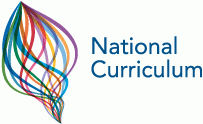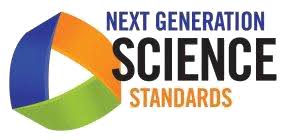The unprecedented events of 2020 have highlighted more than ever, how important it is to empower our young people as innovators, creators and problem solvers, who know how to make their world better. New and emerging technologies and innovative problem-solving approaches are increasingly being turned to in the quest for finding solutions to the complex problems the world faces. 2020 has all too clearly shown us that young people must develop the skills and dispositions they need to be drivers of change and problem-solvers in the future.
Design and Technology curricula can play a key role in helping students develop problem-solving skills, design thinking processes, and the dispositions for becoming resilient, optimistic, and innovative members of the workforce and society. So it makes sense that education policy makers and curriculum writers around the world continue to recognise the benefits of introducing design and technology skills, concepts, and knowledge to students in the primary years of their education.






